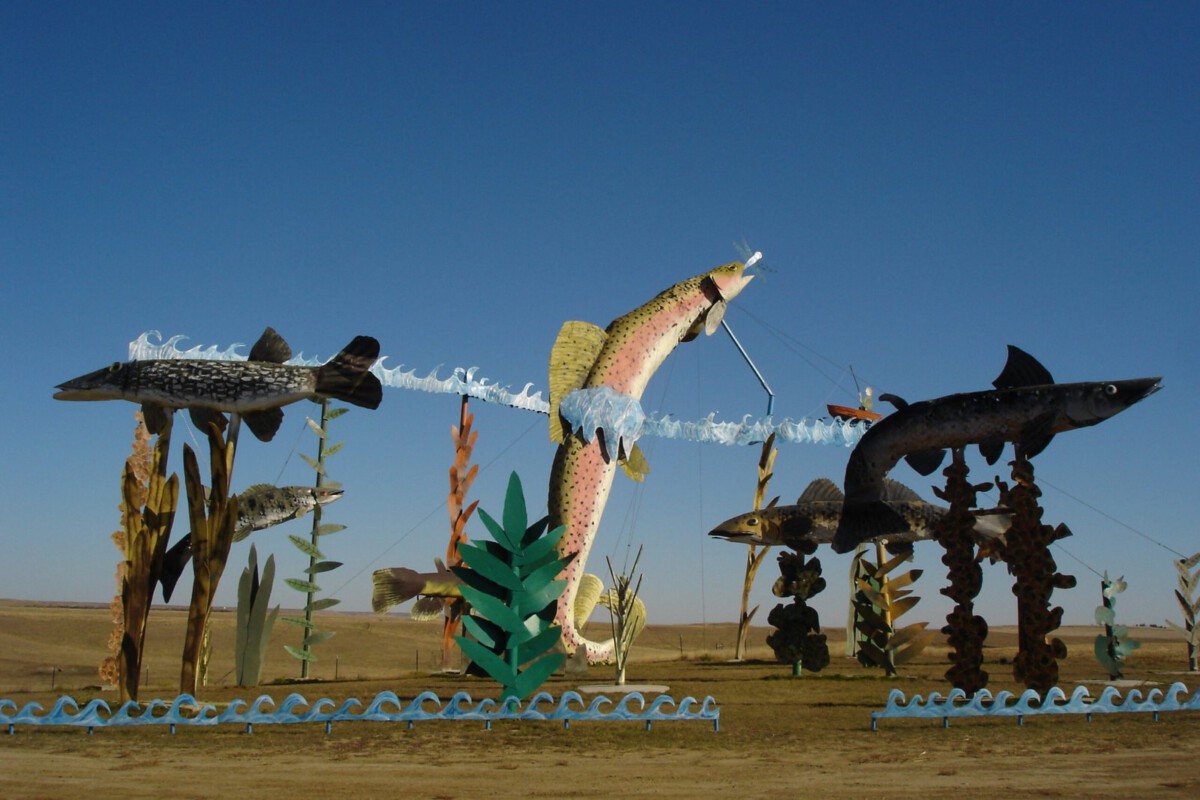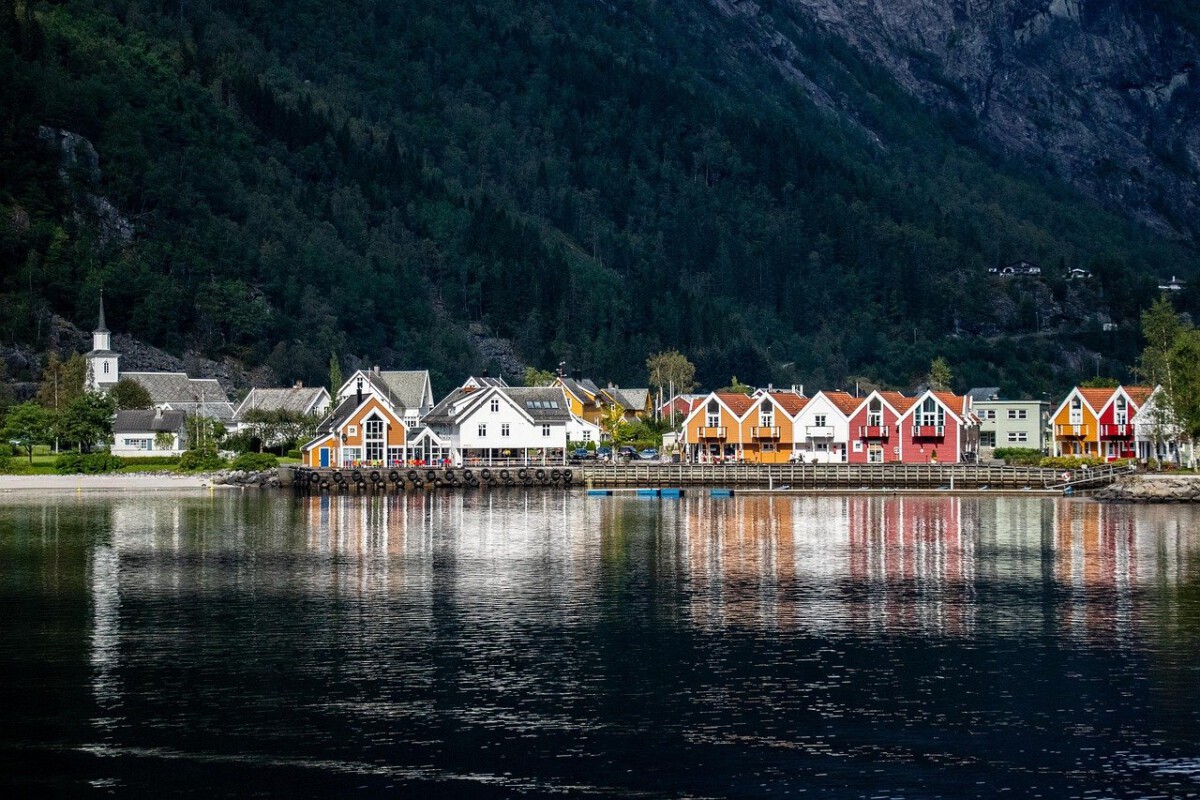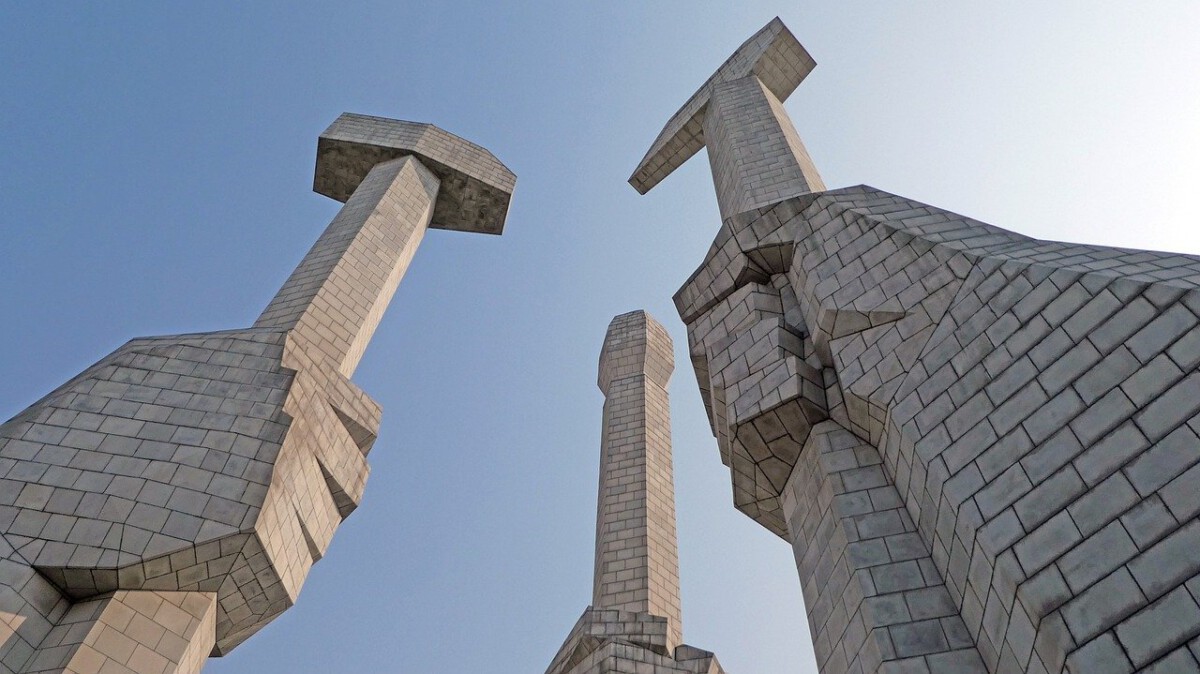The Wave, Arizona: Nature’s Surreal Masterpiece

If you’ve ever dreamed of wandering through an alien planet, The Wave in Arizona might be the closest you’ll ever get on Earth. Its swirling sandstone ridges, painted in reds and oranges, look like something a Hollywood visual effects team would create for a blockbuster. The undulating formations formed over 190 million years, shaped by wind and water, offer an eerie, fluid landscape that seems to move even when you’re standing still. Access is strictly limited—only 20 permits are granted per day—making a visit here feel almost as exclusive as a secret government test site. The area is so visually striking that it’s been featured in everything from travel magazines to car commercials, luring adventure seekers and photographers who crave the extraordinary. Standing in The Wave, you can’t help but feel tiny against nature’s ancient artistry. It’s a place where the silence is as mesmerizing as the scenery, and every curve tells a story of time beyond our comprehension.
Antelope Canyon, Arizona: Where Light Becomes Art

Antelope Canyon’s narrow, twisting corridors and soaring sandstone walls create a play of light and shadow that looks more like a digital illusion than a natural wonder. Located near Page, Arizona, this slot canyon is divided into two sections—Upper and Lower—each with its own magical personality. When sunlight beams through cracks above, it transforms the walls into glowing ribbons of orange, pink, and purple, evoking scenes straight out of a futuristic film. The canyon was sculpted over thousands of years by flash floods and wind, and today, it draws crowds from around the globe, especially photographers eager to capture its surreal beauty. Guided tours are the only way to explore Antelope Canyon, which helps protect its delicate ecosystem. Walking through its narrow passages, you feel transported to another world, where every step reveals a new, impossibly beautiful view.
Joshua Tree National Park, California: Alien Landscapes Under Endless Skies

Joshua Tree National Park feels like the set of a science fiction epic, with its bizarre Joshua trees and massive boulder fields scattered across the desert. The park’s combination of the Mojave and Colorado deserts creates a rare ecosystem, filled with plants and animals found nowhere else. The sculpted rocks and twisted trees have appeared in countless films and music videos, their silhouettes stark against a vast, empty sky. At night, the park becomes a stargazer’s paradise, with little light pollution to dim the Milky Way and meteor showers. Over 3 million people visit Joshua Tree every year, drawn by its haunting beauty and the sense of isolation it provides. Exploring the trails, you might imagine yourself on a distant planet, surrounded by strange life forms and ancient mysteries. The park’s raw, rugged charm makes it unforgettable for anyone who yearns for adventure.
Mono Lake, California: A Dreamscape of Stone and Water

Mono Lake’s haunting tufa towers—calcium-carbonate spires formed by underwater springs—rise from the water like the ruins of a lost civilization. The lake itself is highly alkaline and salty, creating an environment where almost nothing but brine shrimp and alkali flies can survive. Despite this, Mono Lake is a critical stop for millions of migratory birds, adding to its otherworldly aura. The landscape here is so strange and beautiful that it’s often compared to the surface of another planet. Photographers love the area for its dramatic sunrises and sunsets, which turn the tufa into ghostly silhouettes. Mono Lake’s ecosystem remains fragile, and conservationists work tirelessly to balance human activity with the needs of wildlife. The lake’s stark, alien beauty and eerie silence make it a place that lingers in your memory long after you leave.
Carlsbad Caverns, New Mexico: Subterranean Wonders

Beneath the surface of New Mexico lies a world that feels as fantastic and improbable as any science fiction setting. Carlsbad Caverns National Park boasts more than 119 caves, the largest of which—aptly named the Big Room—is a vast chamber filled with towering stalagmites and delicate curtains of rock. These formations were created by sulfuric acid dissolving limestone over millions of years, resulting in a labyrinth of wonders that spark awe and imagination. The park is famous for its nightly bat flights, where thousands of bats spiral out of the cave at dusk, a spectacle that feels like nature’s own special effects show. Visitors can explore the caverns on guided or self-guided tours, marveling at the natural sculptures that fill every chamber. The quiet, cool air and the echo of dripping water add to the feeling that you’ve left the ordinary world behind.
Badlands National Park, South Dakota: The Alien Heart of America

The jagged pinnacles, striped hills, and deep canyons of Badlands National Park seem ripped from the pages of a sci-fi adventure. The park’s eroded landscapes reveal layers of rock in colors that change with the sun, from muted grays to brilliant reds and yellows. This dramatic scenery, shaped by millions of years of wind and water, creates a feeling of standing in a land untouched by time. Wildlife roams the park freely, with bison, bighorn sheep, and prairie dogs adding life to the stark terrain. The Badlands are also known for their fossil beds, which contain some of the richest deposits of ancient mammal remains in the world. Over a million people visit each year, drawn by the haunting beauty and the chance to experience a landscape so strange it feels unreal. The park’s isolation and dark skies make it perfect for stargazing, adding another layer of wonder to this extraordinary place.
Mount Rainier National Park, Washington: Majestic and Mysterious

With its snow-capped peak rising over 14,000 feet, Mount Rainier dominates the skyline and imagination of the Pacific Northwest. The mountain is an active volcano, surrounded by lush forests, wildflower meadows, and icy glaciers that seem to belong in a fantasy novel. The park’s diverse ecosystems support a wide variety of wildlife, from black bears to elk, and more than 260 miles of hiking trails offer endless opportunities for exploration. In summer, the meadows burst into color with wildflowers, creating a scene that feels almost too beautiful to be real. The ever-changing weather and shifting mists add an element of mystery, making every visit unique. Over 2 million people come to Mount Rainier each year, drawn by the mountain’s majesty and the sense that they’re touching something ancient and powerful. The landscape’s dramatic contrasts and vibrant life make it a place of endless fascination.
The Florida Keys: Tropical Sci-Fi Paradise

The Florida Keys stretch out into the Atlantic like a string of emerald beads, offering a tropical setting that borders on the fantastic. The waters here are so clear and blue they seem lit from within, and the coral reefs teem with colorful fish, sea turtles, and even shipwrecks. The Keys boast the only living coral barrier reef in the continental U.S., a vibrant underwater world that feels like exploring another planet. Above water, the islands are laid-back and quirky, with roadside art and pastel houses that add to the sense of being somewhere unique. Sunsets in the Keys are legendary, painting the sky with colors so intense they barely look real. The area’s unique ecosystems are protected by conservation efforts, ensuring this natural wonder endures for future generations. Each year, millions of visitors come to the Keys to experience their magic, both above and below the waterline.
Great Sand Dunes National Park, Colorado: Dunes Like No Other

In southern Colorado, the Great Sand Dunes tower above the surrounding valley, their golden slopes rising over 750 feet high—the tallest in North America. The contrast between the sprawling sand dunes and the snow-capped Sangre de Cristo Mountains creates a visual that feels straight out of a science fiction universe. Visitors can hike or even sled down the dunes, marvel at the patterns the wind sculpts into the sand, or explore the surrounding grasslands and wetlands. The park’s dark skies are perfect for stargazing, revealing a dazzling view of the Milky Way on clear nights. Wildlife from deer to coyotes roam the area, adding life to this shifting sea of sand. Despite its remote location, the park draws over half a million visitors annually, all eager to experience its singular beauty. The dunes’ ever-changing shapes and shadows make every visit a new adventure.
The Enchanted Highway, North Dakota: Giant Sculptures on the Prairie

Driving along the Enchanted Highway in North Dakota is like entering a surreal open-air gallery. Towering metal sculptures—some as tall as buildings—dot the landscape, each one more whimsical than the last. From a massive grasshopper to a giant family made of tin, these works of art transform the rolling plains into a playground for the imagination. Created by local artist Gary Greff, the sculptures were designed to bring visitors to the small town of Regent, and they’ve succeeded in turning a quiet stretch of highway into a must-see destination. The contrast between the vast, empty prairie and the sudden appearance of these fantastical creations is genuinely startling, making each stop along the road feel like a discovery. The Enchanted Highway is a celebration of creativity and community spirit, inviting travelers to see the familiar landscape in a whole new way. Every year, thousands of curious tourists make the trip, eager to experience this one-of-a-kind attraction.



